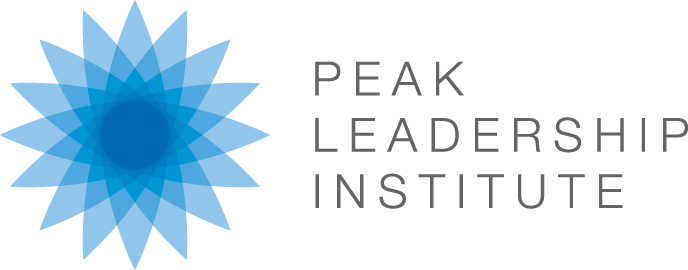When it comes to improving our leadership skill, most of us go about creating and executing our performance plans and goals in secret. This turns out to be suboptimal because leadership is inherently social, and cannot be developed in isolation. Involving others in the change process is a leadership act in itself and it significantly increases chances of meeting your performance goals.
Step one is to figure out what to focus on. Reference feedback you’ve received, including any recent performance reviews or 360 surveys. Ask yourself this question:
“Out of all the things you can be working on to grow and improve, what are one or two things that you both have a desire to change and will significantly accelerate your performance?”
Next, take a moment and identify 3 to 5 advisors who work closely with you, such as your boss, co-workers, team members, key stakeholders. Select advisors who experience you at work and who you respect and trust. One on one, reach out to these advisors. Set up a meeting with them, and say the following: “I am putting together a development plan, and I wanted to get your input as I value and trust your opinion. I’m planning to focus on X and Y (the two areas from your list). I’m wanting to get your input on how you think I can grow in these areas moving forward.” You can also ask them if there is something else you might focus on that would accelerate your performance. In the ensuing discussion, you want to actively listen and understand their point of view. Of course, you can and should ask clarifying questions if you don’t fully understand what they are sharing.
By reaching out and involving others you’ve already accelerated the likelihood of success as you’ve gotten input from some of the very people who assess your performance, and you’ve built relationships through vulnerability, opening yourself up to their input. If you want to learn more about how and why to engage colleagues in your growth and development, read Marshall Goldsmith’s “What Got You Here Won’t Get You There.”
Once you’ve gathered the input from your colleagues, put together a development plan including the “what” and the “how.” Circle back with your advisors, thank them for their time and help and share with them your development plan. Ask for their permission to follow up with your progress and invite them to give you input in the coming weeks as you work on your plan.
Congratulations – you’ve just supercharged a development plan, giving it a greater likelihood of success because you’ve engaged key stakeholders, strengthened relationships, and invited input on how you can be successful moving forward.

